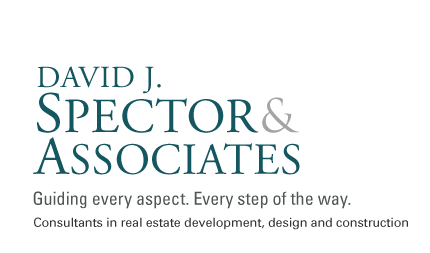The LEED (Leadership in Energy & Environmental Design) rating system was created in the late 1990’s by the United States Green Building Council (USGBC) to measure a building’s design and construction process for environmental sensitivity. New residential buildings in New York City that are seeking LEED certification will use either the LEED New Construction system or LEED for Homes system, which is designated for projects that are up to six stories high. Projects that are adaptive reuse or major alterations can also apply under the New Construction system. The rating systems are divided into six categories that establish the criteria by which a project is measured. These categories and the practices they are designed to encourage are outlined below:
- Sustainable Sites (limiting the size of your building’s footprint and paved areas in order to reduce the heat island effect)
- Water Efficiency (reducing the amount of water that is used by your building through such practices as using landscaping materials that require no irrigation or using dual-flush toilets)
- Energy & Atmosphere (finding cleaner and more efficient ways to heat and cool your building by reducing the use of refrigerants and by using low-carbon energy production)
- Materials & Resources (using building materials that are rapidly renewable, recycled and locally manufactured. Renovating a building rather than building new is a monumental act of recycling)
- Indoor Air Quality (maintaining a high standard of light and air for building occupants through natural ventilation or specifying materials with low VOC (volatile organic compound) contents that will not produce toxic off-gases)
- Innovation in Design (encouraging your design team to be creative and explore new methods and technologies to lower your building’s carbon output)
In each of these categories, there are several different design methodologies by which you can earn points towards a total LEED ranking. Your project team (project manager, architect, engineer, LEED consultant) collaborates on how best to earn credits. The LEED consultant is responsible for documenting the design and construction process and for submitting the results to the USGBC for an award ranking. There are four different levels of LEED achievement: Certified, Silver, Gold and Platinum.
The buildings that we live and work in consume more than 35% of the total energy and almost 70% of all electricity produced in the US. Every day, more than 5 billion gallons of potable water are used solely to flush our toilets. Green building practices can substantially reduce the negative environmental impacts from these and other building induced detriments. City dwellers can take pride in the fact that high-density, urban communities practice the most energy efficient lifestyles. Urbanites make great use of mass transit options, own few automobiles, and reside in multiple-unit dwellings, which use less energy and less material and take up much less space per capita than single-family homes. The LEED rating systems are designed to help building owners make the commitment to sustainable building practices by working within the six categories of criteria.
Owners of existing buildings that wish to go green have the LEED Existing Buildings Operations & Maintenance rating system to apply under. The O & M works similarly to the New Construction system in that five of the six categories are identical and the Innovation in Design category is replaced by Innovation in Operations. Each project awarded a ranking in the O & M system must be recertified every five years.

